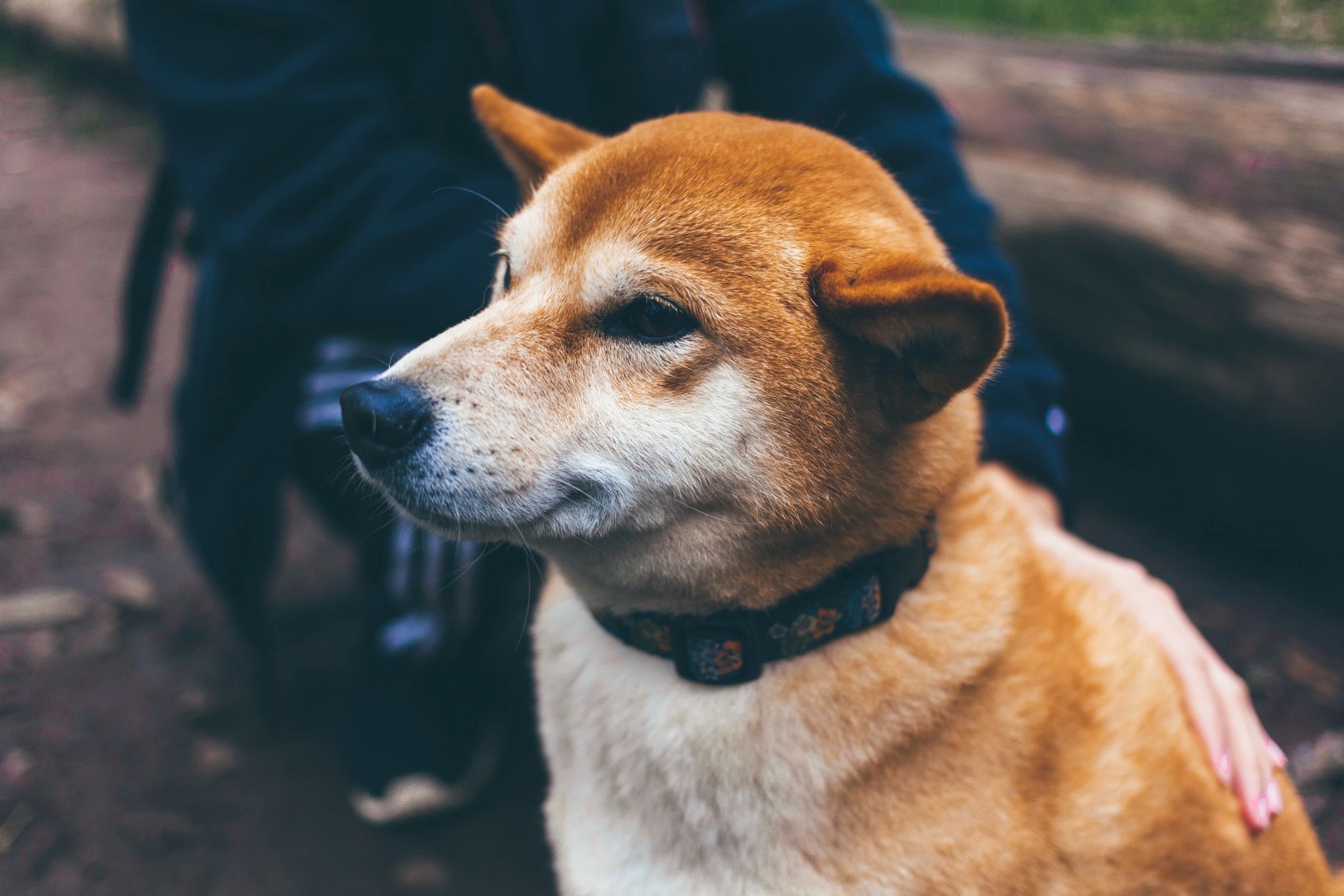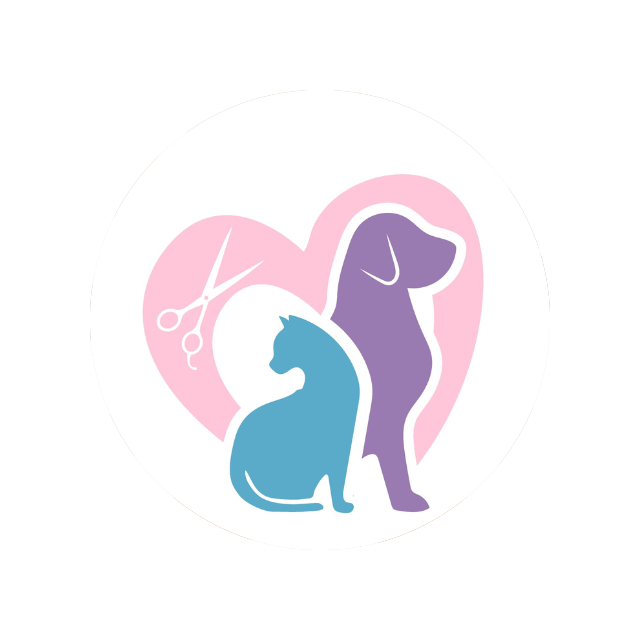As pet owners, we all know that giving our furry friends a bath is an essential part of pet care. Bathing helps to keep them clean, healthy, and looking good. However, did you know that leaving your pet’s coat wet after a bath can lead to some serious consequences? In this article, we’ll explore the hidden costs of leaving your pet’s coat damp after a bath.
The Problem with Wet Coats
Most pets (and their owners) love a good bath, but the problem comes after the bath is finished. Many pets tend to curl up and lay down after their bath, which can prevent their coat from properly aerating. This creates a warm, moist environment between the coat and the skin layer, which is a breeding ground for bacteria to grow and multiply.
Unfortunately, some grooming salons have started to eliminate coat drying from their services to reduce costs and book more pets for the day. This means that instead of spending the necessary time to fully dry a coat, pets are being towel-dried and left to air out naturally, leaving the undercoat untouched.
This might seem like a cheaper and quicker option, but it can lead to serious problems in the long run. Many responsible pet owners are unaware of the hidden costs of leaving their pet’s coat damp. Coat and skin damage does not happen overnight and may take a week or more to notice, by which time the cost of veterinary care to fix the problem could be 10 times more than what you paid for the bath.
The Consequences of Leaving Your Pet’s Coat Wet
Hot Spots
Hot spots are a painful, itchy, and stinky skin condition caused by the overgrowth of bacteria. During a bath, dead hair is released from the skin, and if not blown out, it lays down in perfectly-formed layers on top of the skin, creating the perfect breeding ground for bacteria and fungus to flourish.
Unless a medicated formula is used, shampoo ingredients focus on cleaning, not killing bacteria. This means that if dead hair is not removed and the coat is not dried properly, hot spots can develop. Hot spots can be challenging to treat and may require veterinary attention.
Odor
Coats that are not adequately dried after a bath can end up smelling worse after just a few days. The distinctive “wet-dog” or “wet-cat” smell takes over any hint of a scent left behind by shampoos, causing you to scratch your head and say to your pet, “But you just got a bath!”
Dander
Dander is a powdery allergen that comprises dead skin cells that lay on the skin’s surface and hair until they shake or get a bath. Once airborne, dander ends up not only on top of surfaces but also breathed in by those sharing the same air with your pet.
On contact with water, dander gets gummy, resembling a glue-like substance, and sticks to the hair. It is only through the use of a good quality shampoo followed by an adequate drying session with forced air that dander gets negatively charged and dried up enough to detach from the hair and float away.
Follicle Damage
Right after a bath, the skin has been stripped out of its natural oils that protect and nourish its surface. The coat should only be patted down and never stroked when using a towel. Otherwise, hair gets split, and the skin may become irritated. However, simply patting down hair with a towel leaves the coat primed to become susceptible to all the other problems discussed before.
Matting and Shedding
Finally, leaving your pet’s coat damp can lead to more hair floating all over your floors and carpet
While it’s easy to assume that a quick towel-dry is sufficient to dry off your pet’s coat, this is far from the truth. In fact, opting for a partial drying routine can cause several issues for your furry friend in the long run. As such, it’s essential to understand the significance of a complete and proper drying process, and the various issues that can arise from an incomplete drying routine.
One of the most common problems caused by incomplete drying is hot spots. This condition occurs when there is an overgrowth of bacteria, leading to itchy, painful, and smelly skin. During a bath, the hair releases dead skin cells, which, when combined with bacteria, creates a breeding ground for the bacteria to flourish. When the coat is not adequately dried, the hair lays down in layers on the skin, creating the perfect environment for bacteria and fungus to thrive.
In addition to hot spots, a damp coat can also lead to unpleasant odors. We’ve all heard the phrase “wet dog smell” – it’s not just a phrase; it’s a real problem. A coat that hasn’t been adequately dried after a bath will smell worse in just a few days. The smell overpowers any hint of the shampoo scent, leading to confusion and frustration from pet owners.
Dander is yet another issue that can arise from incomplete drying. This powdery allergen comprises dead skin cells that collect on the skin’s surface and hair. Once airborne, dander can be inhaled by anyone sharing the same air with your pet. When wet, dander becomes gummy and sticky, resembling a glue-like substance that clings to the hair. It takes a good quality shampoo followed by adequate forced-air drying to eliminate dander from the coat.
Moreover, incomplete drying can cause significant damage to hair follicles. After a bath, the skin loses its natural oils, which protect and nourish the skin’s surface. When using a towel to dry off your pet, be sure to pat the coat down and avoid stroking it, as this can cause hair to split and the skin to become irritated. However, merely patting the hair down with a towel leaves it susceptible to other issues mentioned earlier.
Finally, an incomplete drying routine can lead to matting and shedding. This is especially true for multi-layered coats. Professional drying allows forced air to penetrate the deepest layers of your pet’s coat and skin, releasing dead hair on the top and undercoat. Damp hair, on the other hand, is prone to tangling, leading to mats and shedding.
It’s clear that a complete and proper drying process is crucial to your pet’s overall health and wellbeing. But with the rise of grooming salons that are opting to skip this step to reduce costs and increase profits, how can pet owners ensure their furry friends receive the care they need?
First and foremost, it’s crucial to find a reputable grooming salon that values your pet’s health and wellbeing over profits. When booking your pet for a bath, be sure to ask about the drying process and the products used during the session. A professional grooming salon should use high-quality products and have the necessary equipment to provide a complete and proper drying routine.
A complete and proper drying process is crucial to your pet’s overall health and wellbeing. By understanding the various issues that can arise from an incomplete drying routine, pet owners can take the necessary steps to ensure their furry friends receive the care they need.
As a responsible pet owner, it is essential to ensure that your pet’s coat is completely dry after a bath. Take the time to invest in the right equipment, including high-quality towels, and if necessary, a professional-grade hair dryer to ensure your pet’s coat is dry down to the skin. Avoid rushing through the drying process or leaving your pet’s coat damp to save time or cut costs.
It’s important to stay vigilant and keep an eye out for any potential issues that may arise from incomplete drying. If you notice any signs of hot spots, excessive shedding, or unusual odors, take your pet to a veterinarian for a check-up immediately. By taking these precautions, you can help ensure that your pet stays healthy, happy, and looking their best.

